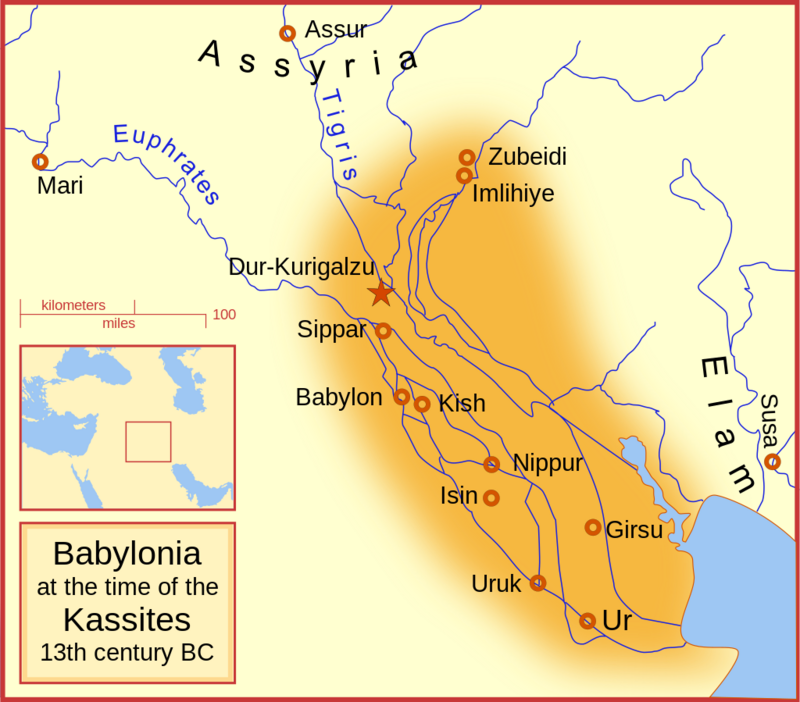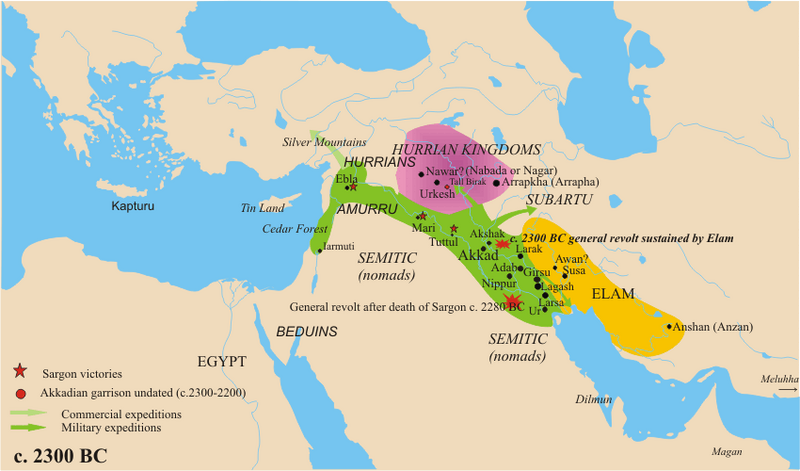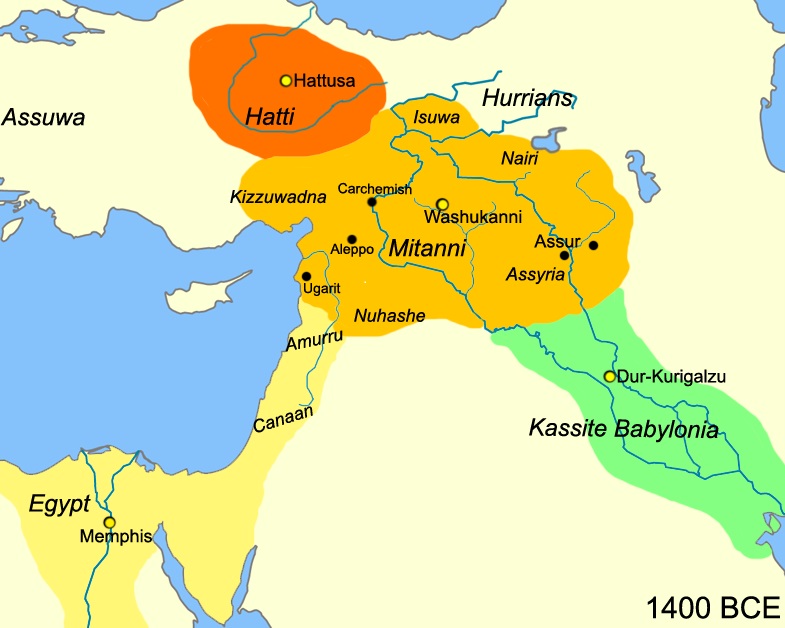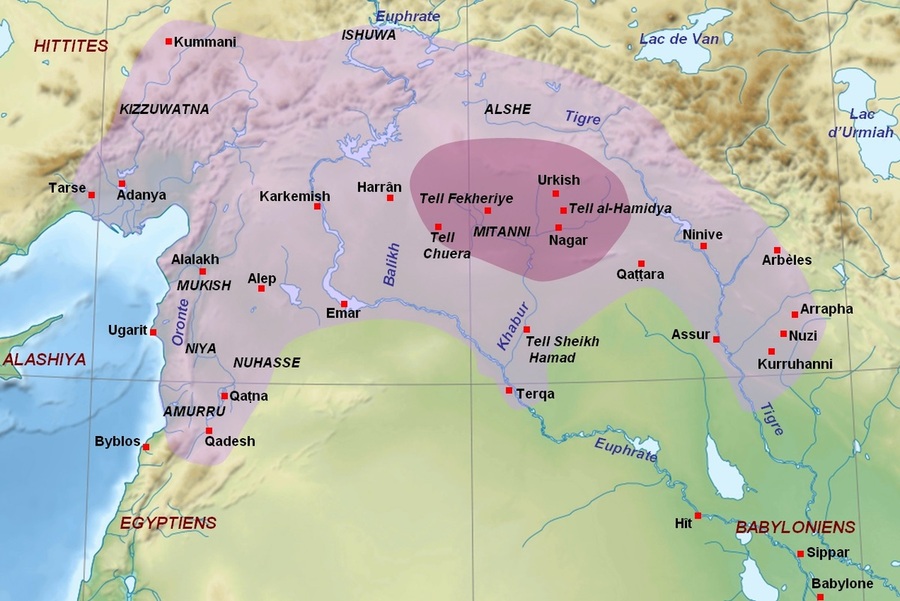In the previous article we glanced over the "Suitse, Lullubis, and Gutis" as the residents of ancient Kurdistan; this time we will discuss the "Kashians, Khorians, and Mitanni".

4. Kashians (Kasians)
The Kashians were another group of ancient Kurds who lived in the Lorestan region in the East part of Kurdistan. The name of Lashi is derived from the name of their god, Kash, meaning "The Sun", which was known to Babylonians as "Kashshu". Their appearance dates back to the second millennium BC. This refers to the Sumerians who worked in their agricultural fields.
As for their appearance, it goes back to the time when the Indian and European communities migrated to the Kashian regions. Then, because of their involvement with the Kashians, they created a rich "aristocratic" authority. This made them powerful enough to dominate the southern parts of Mesopotamia. From here, the longest period of the history of the Kashians' rule in the region where peace was established in the Sumerian state began.
This civilization considered development and prosperity very important. They also built a city called "Korikalz- Aqrqof" in the northwest of Babylon which was named after the king who built it. The "Zaqora Castle" in the south of Iraq dates back to that king's era. Through this and developing agriculture, keeping livestock, and organizing their tax affairs, the Kashians were able to restore their economic income. They also paid great attention to the development of literature and translation. The Kashian language was a branch of the Indo-European languages belonging to their reign's era, especially during their reign in the Sumer and Babylon lands. They used their language in addition to Babylon language that was used for 400 years i.e., from 1595 to 1162 BC. This dynasty ended after an "Assyrian-Ilami" alliance that happened in 1162 BC.

5. Khorians (Hurians)
Khorians were also an ancient civilization in Kurdistan who inhabited the Toros Mountain Ranges and Van Lake. The appearance of this group dates back to the middle of the third millennium BC. Their name was also derived from the name of the god they used to worship. This god was called "Khor" but nowadays it is known as "Khorr". This means that they were Sun worshipers.

6. Mitannis
The Mitannis were another group living in the ancient Kurdistan between the two Zabs of "Khapour and Balikh" and they appeared along with the Khorians. It is believed that "Bratrna" was the first Mitanni king who expanded his territory to Halab and Palestine. From the south, they reached "Nuzi" city near Kirkuk. Later "Sawshtri" succeeded in overcoming them in an attack on "Qadsh" in 1447 BC. Later, he signed an alliance with the Egyptians. According to this agreement, "Shawshtri I" gave her daughter to "Aminophus II" son, the Pharaoh of Egypt. After that, "Shotrnay II" gave her daughter named "Kilokhiaa" to "Aminophus III". This marriage led to the birth of "Aminophis IV" who was known as "Akhnatun" and later the revolution of a unique God succeeded. This reign ended after the Assyrian king, Shalmansar I, attacked them.
The civilization of Mitannis had seen many different phases one of which was agriculture. They were also successful in manufacturing and fighting caravans. Other fields such as art and architecture or sculpture were their strength point. They worshiped Mithra, which is the god of the sun which the name of Mitanni is derived from.
To be continued…
References:
Media, Dishnar, Dr. Guintar, translated by Borhan Qane', Baghdad, 1978
A Chapter in the History of the Kurds, Prof. Kaywan Azad Anwar, eleventh edition, Suleimani, 2021








